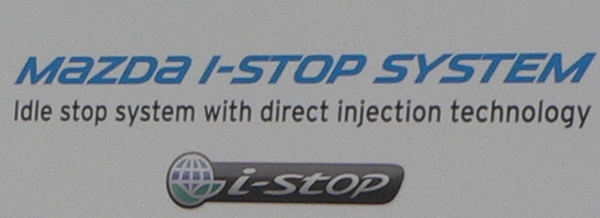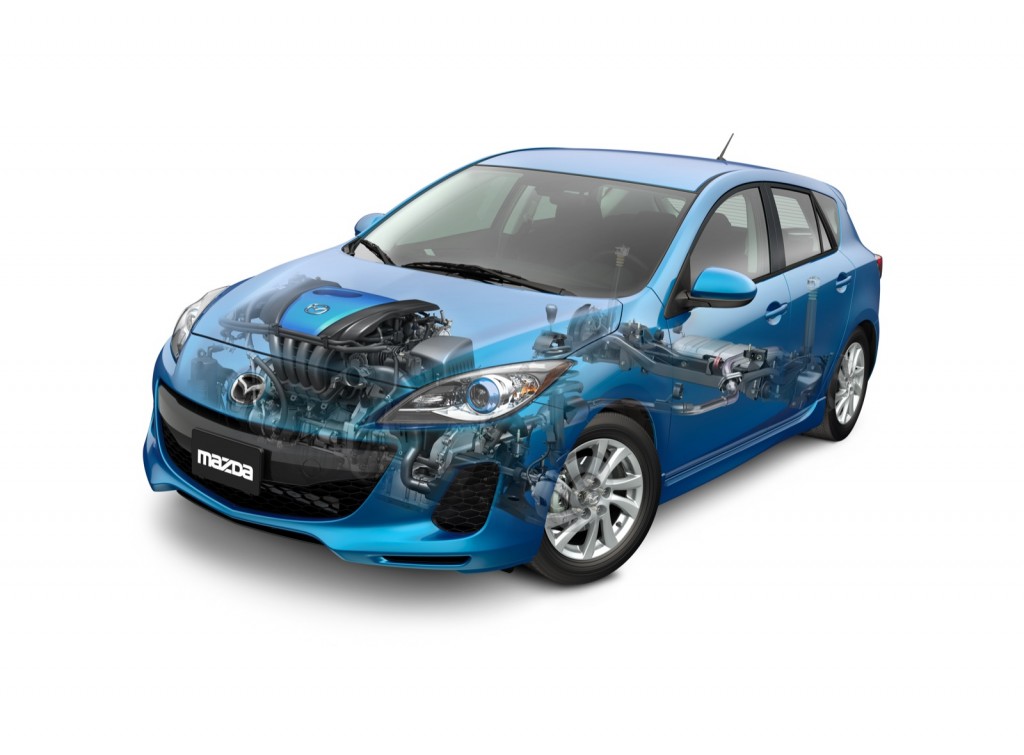
Mazda i-Stop
Over several years, Mazda's i-Stop engine start-stop feature has helped owners in other markets to save on their fuel budget—and it's helped commuters in some of the most traffic-clogged areas be a little greener.
But the automaker has no plans to bring the technology—which, by some estimates, costs several hundred dollars per vehicle—to the U.S. Simply put, it's because the existing EPA test cycle, for gas mileage and emissions, doesn't show the benefits of start-stop systems.
"We can't find a way to show a monetary benefit for the consumer," said U.S. spokesman Jeremy Barnes, within the framework of the EPA fuel-economy numbers that appear on window stickers. In company tests, i-Stop affected the official EPA fuel economy test-test cycle results by barely more than a tenth of a mile per gallon.
The company's clever i-Stop systems don't use the starter to bring the engine back to life; rather, they stop the engine at a precise position so that it can be restarted by smartly applying fuel and spark at just the right timing to one, then more, cylinders, bringing it back to idle speed in just 0.35 seconds.
Mazda argues that the systems could make a significant difference in gridlocked urban areas where you regularly come to a complete stop—places like Manhattan, or Washington, D.C.—but at this time the EPA has no way of accounting for the stunning 10-percent improvement the system can yield in such driving.

2012 Mazda3 SkyActiv 2.0
The automaker is making i-Stop one of the core technologies in its SkyActiv initiative, which gave its engineers a clean-slate approach to making its cars lighter, greener, and more fuel-efficient while still preserving the fun-to-drive qualities the brand is known for.
At this point, with the new EPA fuel economy standards framework (up through 2025) announced last week, Mazda, along with several other automakers, is hoping for incentives or credits that would make a system viable and competitive in the U.S.
Porsche remains the only automaker with plans to offer start/stop in all its U.S. vehicles; the 2011 Porsche Cayenne and 2011 Porsche Panamera models—not just the hybrids—already come with the feature. BMW has also offered start-stop on several of its models in Europe but has balked at offering the feature in the U.S.
But arguably, the several-hundred-dollar cost of the components for a start-stop system are a significant issue for an affordable vehicle like a Mazda3.
+++++++++++













